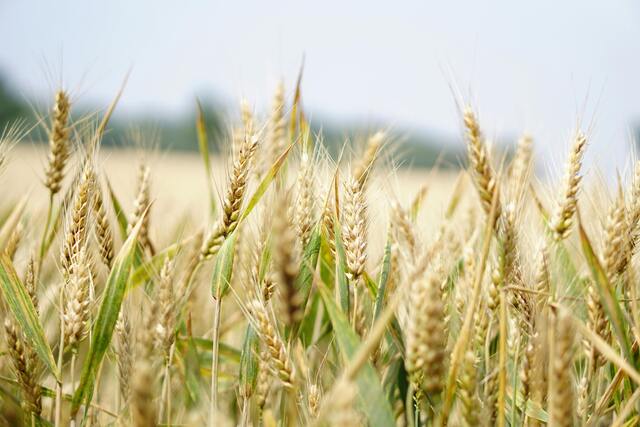Researchers have discovered some wheat varieties reap nutritional benefits of applying a beneficial fungus to soil.
University of Adelaide researchers inoculated eight widely grown Australian bread wheat varieties with a commercially available fungus product and found the fungus-fortified plants offered improved nutrition.
The study found the plants had more grain and accumulated greater amounts of nutrients, in particular, the essential human micronutrient zinc.
Lead author Thi Diem Nguyen said the research shows inoculating agricultural soils with certain fungi could be a promising strategy for producing wheat grain with higher micronutrient bioavailability, without compromising agronomic practices, such as the use of phosphorus as a fertiliser, or yield targets.
Bioavailability is defined as the proportion of a nutrient that can be absorbed into the bloodstream after ingestion, for utilisation by the body.
Enhancing zinc and iron bioavailability in wheat grains can help to combat human nutritional deficiencies experienced globally.
Although the fungus helped the wheat plants take up more phosphorus from the soil, this did not lead to the grain accumulating additional phytic acid, an anti-nutritional compound which can impact the bioavailability of micronutrients in the human gut.
“We found that fungal inoculation did not affect grain phytate content under low soil phosphorus conditions, and even reduced phytate levels in some varieties under high soil phosphorus, leading to greater estimated bioavailability of zinc and iron in grains in the fungus-inoculated plants,” Mr Nguyen said.
“Importantly, this suggests that for bread wheat, there is no trade-off between grain yield and nutritional quality of inoculated plants when phosphorus fertiliser is applied.”
Project leader Dr Stephanie Watts-Fawkes said deficiencies in micronutrients, especially of zinc and iron, are widespread in human populations.
“Zinc deficiencies affect approximately 30 per cent of the global population, and 60 per cent experience iron deficiencies, with sometimes dire health consequences,” she said.
“Human zinc deficiency affects normal development during pregnancy, childhood and adolescence, skin and hair, and leads to diarrhoea and diseases.
“The most common outcome of human iron deficiency is iron-deficiency anaemia, which is associated with impaired immune function and cognitive development, and causes higher mortality of mothers and children at birth.”
Bread wheat is the world’s second largest food crop, second only to rice.
Wheat products, such as bread, contribute up to 17 per cent of the dietary intakes of zinc and iron.

